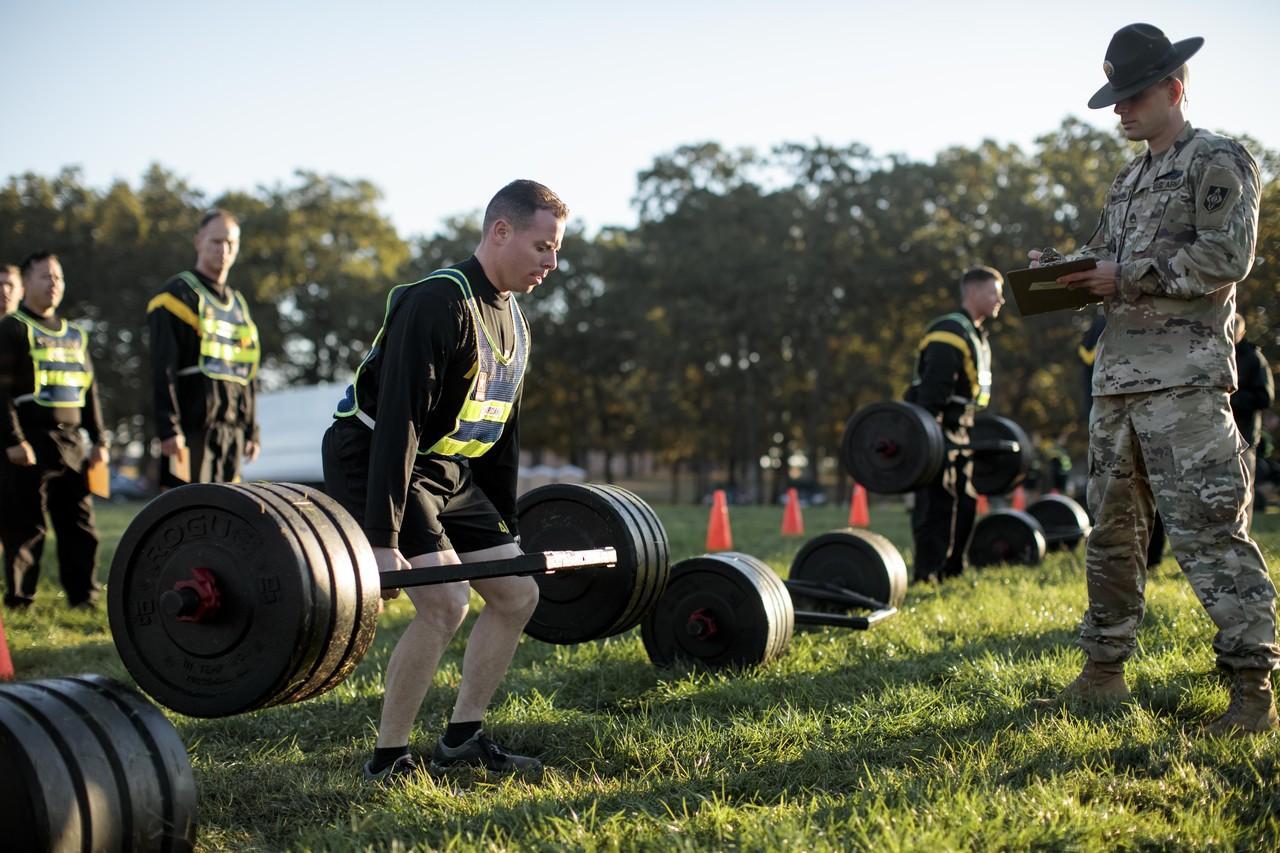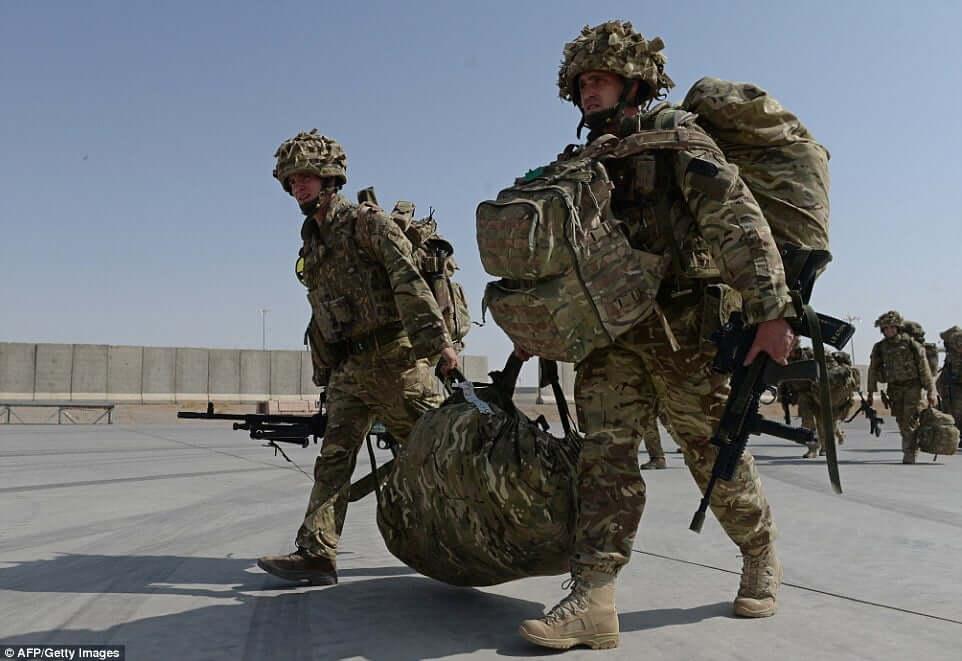Lower back pain in military personnel is the usual injury. It plagues an enormous number of people and can throw a major kink in your training plan. What most people don’t know is that in many cases, 15 minutes of dedicated work can help them feel significantly better.
There is no easy ‘fix’ for such type of injury, but you can make your life easier with simple exercise and training routine, no matter are you in the military or just a civilian.
Low back pain – taking pressure off
Whether lower back pain is due to nerve compression in the spine or simply malalignment, we can take some pressure off of the low back by addressing tight tissue. Lower body cross syndrome is when the quadriceps/hip flexors and lower back muscles are tight and shortened and the abdominals and glutes/hamstrings are weak and lengthened.
This combination tends to tilt the pelvis forward, compressing the lumbar vertebrae and increasing pressure on the spinal nerves. To counteract the effects of lower body cross syndrome, we focus on stretching and releasing the muscles of the low back and quadriceps/hip flexors.

To most effectively address lower back pain, we follow a 3-step progressive treatment. The complete hip and low back protocol can be found in my book Battle Tested: How To Train Like Your Life Depends On It.
Warming Tight Fascia/Muscles
Surprisingly, a car buffer is a great way to keep tissue warm and mobile. Fascia/muscles stretch better when they are warm, so perform an adequate full-body warm-up, or simply warm the area with the buffer prior to stretching and self-massage work.
Releasing Adhesions – exercise
Once the tissue is warm, we can do a better job of releasing any adhesions, knots, or trouble spots in the hip flexors and low back. Focus on the quadriceps, psoas, low back, and glutes/piriformis. Use caution when rolling the low back and if anything causes a sharp increase in symptoms, it is best to avoid it.
Quadriceps:
Psoas:
Low Back:
Glutes/Piriformis:
Stretching The Hip Flexors
Once the tissue is warm and the knots have been released, it is now an appropriate time to stretch the hip flexors good (which again is important to take the pressure off of the low back). While doing this, focus on keeping a neutral lumbar spine and not allowing the low back to arch.
Banded Distraction
Lumbar traction is frequently beneficial for compressed nerves and sciatica. An actual lumbar traction unit is ideal, but you may also get some relief with this superband variation. You can do this anytime, but I like to do it once everything is loose and stretched. In addition to the low back, this variation can also provide some relief to tight hips and ankles.
If you are experiencing low back pain, I encourage you to try out the above-listed training exercises.
